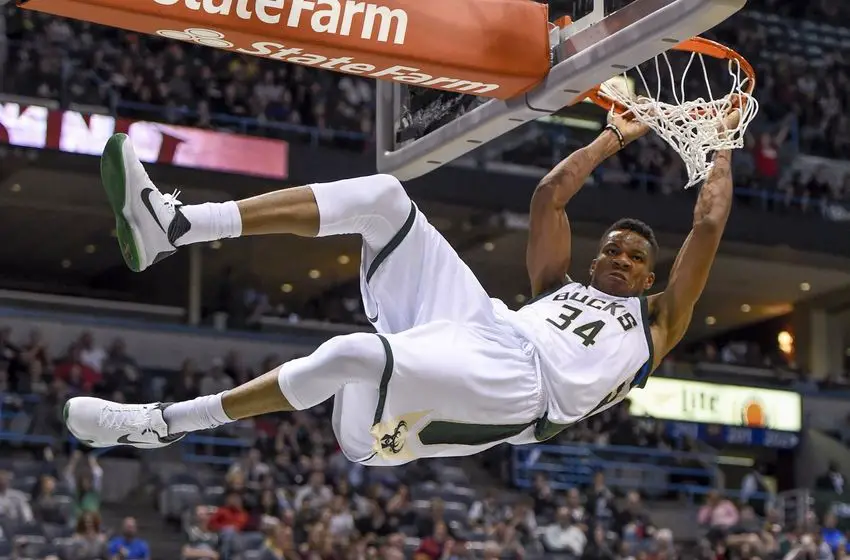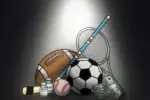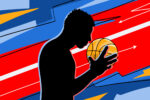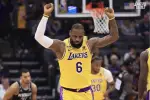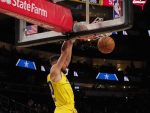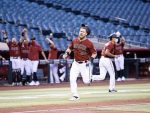An Age of Greatness
The game, along with the people who play it, are changing.
By Miguel Robles, University of Colorado Denver
We entered the 2016-17 NBA season without two legends, as Tim Duncan and Kobe Bryant ended their illustrious careers last season.
At the end of this season, Paul Pierce and Kevin Garnett will do the same. Often, when legends leave the game, the first question asked is: Who will pick up the torch? The transition can exemplify a shift into a new era with new faces and a new landscape in the NBA.
It began when the first giants of Russell and Chamberlain handed over the burden of excellence to Julius Erving and a young Kareem Abdul-Jabbar. The glitz and glamour of the ABA trailblazer Dr. J, along with the impeccable brilliance of Abdul-Jabbar, helped lift the NBA in the 70s to the forefront of the American consciousness. The era resulted in the 1976 NBA/ABA merger, a power move which would forever change the structure of professional basketball.
From there, two young phenoms, intertwined from high school and forced into a perpetual dance between two of the NBA’s most prestigious teams, took claim of basketball. The epic of the Bird and Magic saga led the NBA into the golden era of the 80s, exemplified by the prominence of historical rivalries and the brutality of full on brawls.
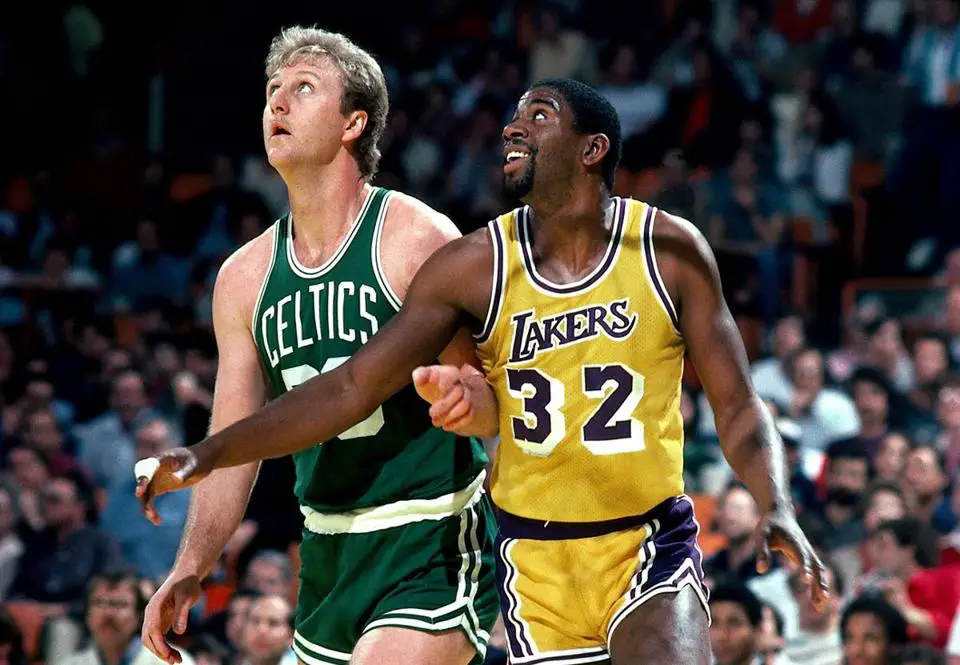
In the 90s, the heir apparent Jordan took the reins from the aging duo, Bird and Magic, leading arguably the NBA’s most dominant dynasty. The flight of “His Airness” redefined the parameters of the NBA, while setting the bar for unparalleled excellence.
The turn of the 21st century began to lay the foundation of a rapidly changing game. Fast forward to 2017; while it’s clear Lebron has carried the torch of excellence for the last eight or so years, the field of exceptional talent is transforming the NBA yet again into uncharted territory. The NBA is now firmly a game of pace and space. Rule changes and the move to the “positionless” player have driven the NBA to all new heights, or new lows (depending on who you ask).
On one hand, you have an offensive fluidity that has never before been seen. Instead of having five players who serve rigid roles on the court, the versatility of modern players allows for an interchangeability between different roles, resulting in flat-out sexy basketball. The tenants of pace and space have produced a bevy of incredible guards (or larger players with guard skills), while creating molten hot offenses that rain down threes with a fury, like the Houston Rockets in 2017.
On the other hand, the changes in the game have almost completely removed the grit, which made 80s ball so damn compelling. The rule changes have strengthened offensive output while stripping fundamental tough defense. Gone are the days of the enforcer, the body slams, the legendary skirmishes; today we live in the era of the flop and the fake tough guy (cough, Kevin Garnett, cough).
Now, to say the NBA is “soft” is a disservice to the abuse NBA players take day in and day out. But, to have Lebron James, the undoubted King of the NBA, and behemoth of a man, have Oscar-bait performances on a yearly basis, shows that level of physicality is forever gone from the modern game.
Return to the Classics
In a game so entrenched in nuanced schemes and versatile team play, Russell Westbrook is certainly an homage to the giants of the 60s. We haven’t seen a single player dominate the game in so many ways since the time of Oscar Robertson, Wilt Chamberlain and Bill Russell.
Westbrook is putting the entire city of Oklahoma City on his back after losing Kevin Durant to the Warriors over the summer, and it’s been a fun ride. To the date of writing, Westbrook is averaging 31.2 PPG, 10.6 RPG and 10.3 APG. Continuing at this pace, Russ will join the Big O (Robertson) as the only players in NBA history to average a triple double in an entire season.
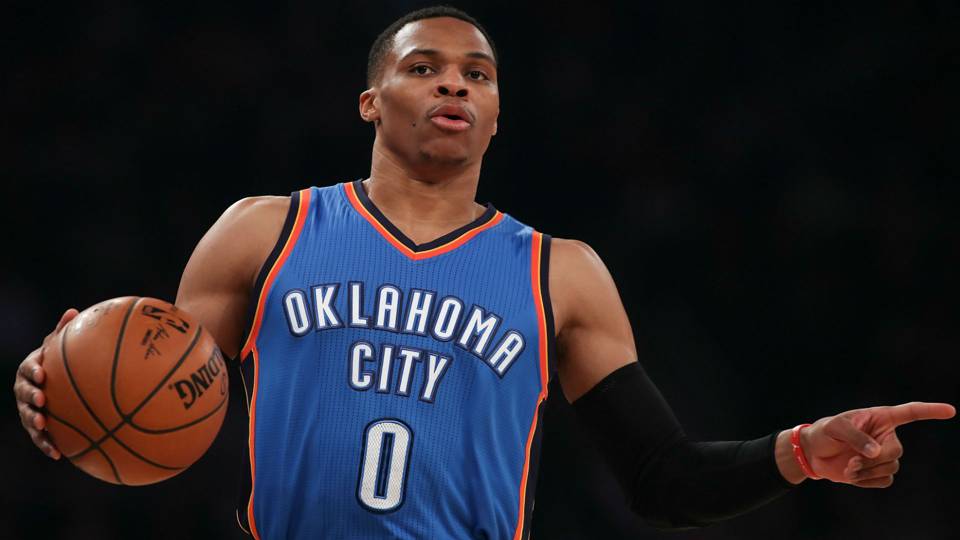
In comparison, Robertson averaged 30.8 PPG, 12.5 RPG and 11.4 APG. Despite having the better stats, Westbrook is having the more impressive season. The comparison between the two is inherently unfair. Robertson thrived in an era where the talent pool was nowhere near the dense talent today (there’s no way Chamberlain averages 50.4 PPG in today’s NBA.) In this light, Russ’s triple-double madness is completely novel.
Russ currently sits at 30 triple-doubles. To put that into context, the next highest is 15 (James Harden), and after second, no one even has 10.
However, in the end, does Russell’s epic middle finger to the NBA even really matter? When Durant left, any chance of the Thunder being legitimate competitors left with him. Despite Westbrook’s grand charge for the little guy, OKC sit at 35-25 and at the 7th seed in the West. A first-round duel with the San Antonio Spurs almost certainly would result in a first round exit. His performance is historic, but until the Thunder can pair him with another superstar, it will only be a blip in the history books.
Unicorn Pack
A unicorn is a rare NBA creature who changes the framework of the game, a transcendent talent whose unique skill-set cannot ever be reproduced. When we think of unicorns, we think of once in a generation talent. We think of Dr. J, Magic, Barkley and Durant (to name a few). Today, the unicorns come in packs.
While you can also include Karl Anthony Towns, Anthony Davis and Demarcus “Boogie” Cousins in this discussion, lets stick with the true unicorns, which leaves us with Kristaps Porzingis, Giannis Antetokounmpo and Joel Embiid. The trio’s alien-like skill-sets have a chance to revolutionize the way the game is played, while disrupting the power structure of the NBA.
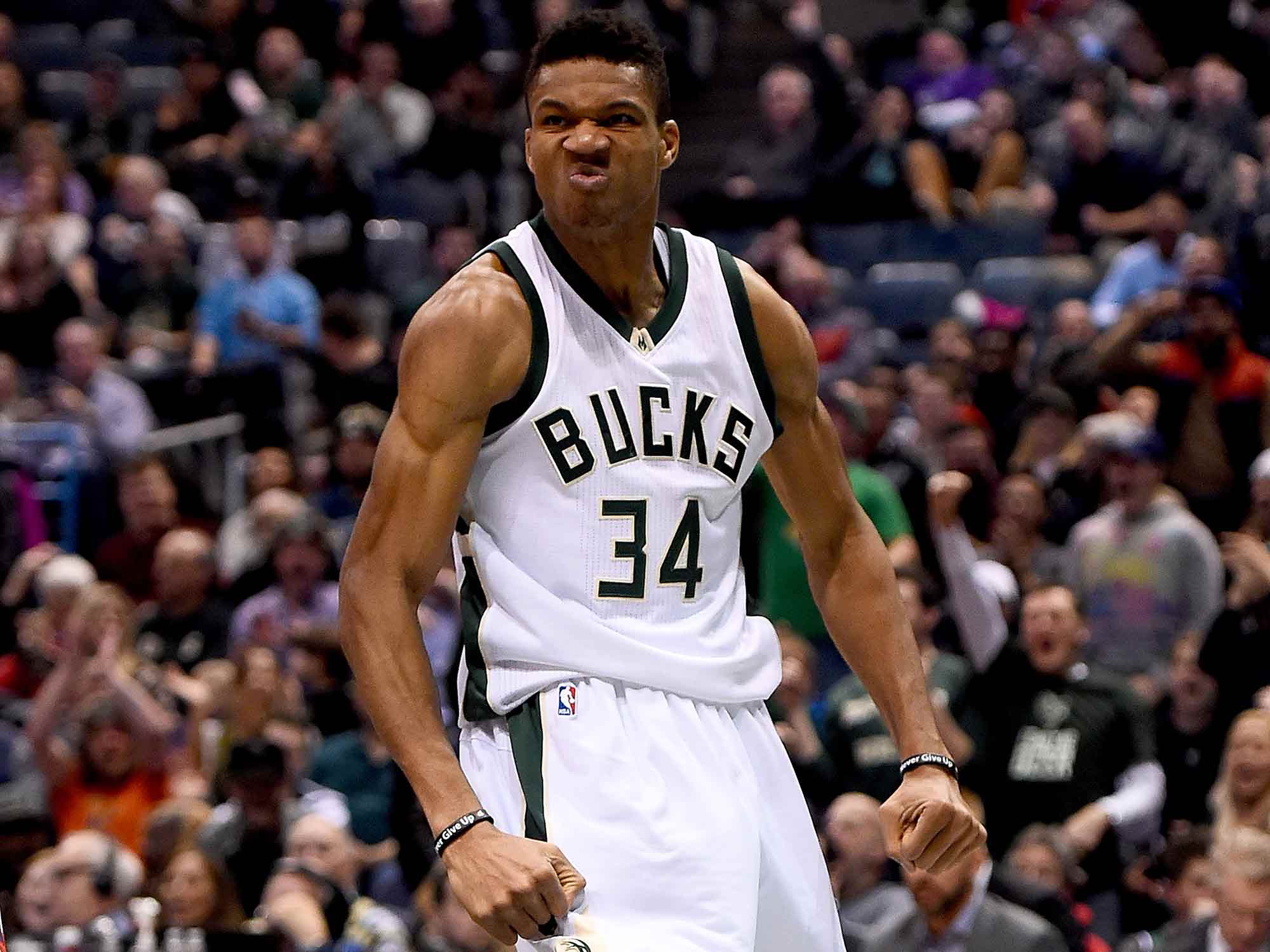
Antetokounmpo, the Greek Freak, the Alphabet, Greece Lightning, has already proved two things in his first three years in the NBA, namely that his surname is impossible to pronounce, and that the dude’s a god damn superstar. At age 22, Antetokounmpo joined the NBA’s elite, starting in his first NBA all-star game.
Currently, he is the most polished of the aforementioned trio. He can do just about anything on the floor. He’s developed the ability of flight, he can dominate the King and most importantly, he’s essentially a 6’11 point guard (yeah, that’s fucking terrifying).
His stats at age 22 are absolutely astonishing, currently standing at 23.2 PPG, 8.7 RPG, 5.4 APG, 1.7 SPG and 1.9 BPG. Antetokounmpo leads his team in EVERY statistical category, a feat which has only been accomplished four times (Dave Cowens in 1978, Scottie Pippen in 1995, Kevin Garnett in 2003 and Lebron James in 2009). The fact that he’s outpacing Magic Johnson when he was 22 starts to show the limitless potential in the young man.
Porzingis has come a long way from getting booed off the stage from raucous Knicks fans on draft night. K.P. has provided the Knicks franchise something it’s so desperately yearned for: hope. The 21-year-old Latvian giant has out-shadowed his running mate, Carmelo Anthony, so much so that Melo is now not only expendable, but irrelevant. K.P., unlike Antetokounmpo, can shoot, with a shot reminiscent of young Dirk’s silky smooth shot.
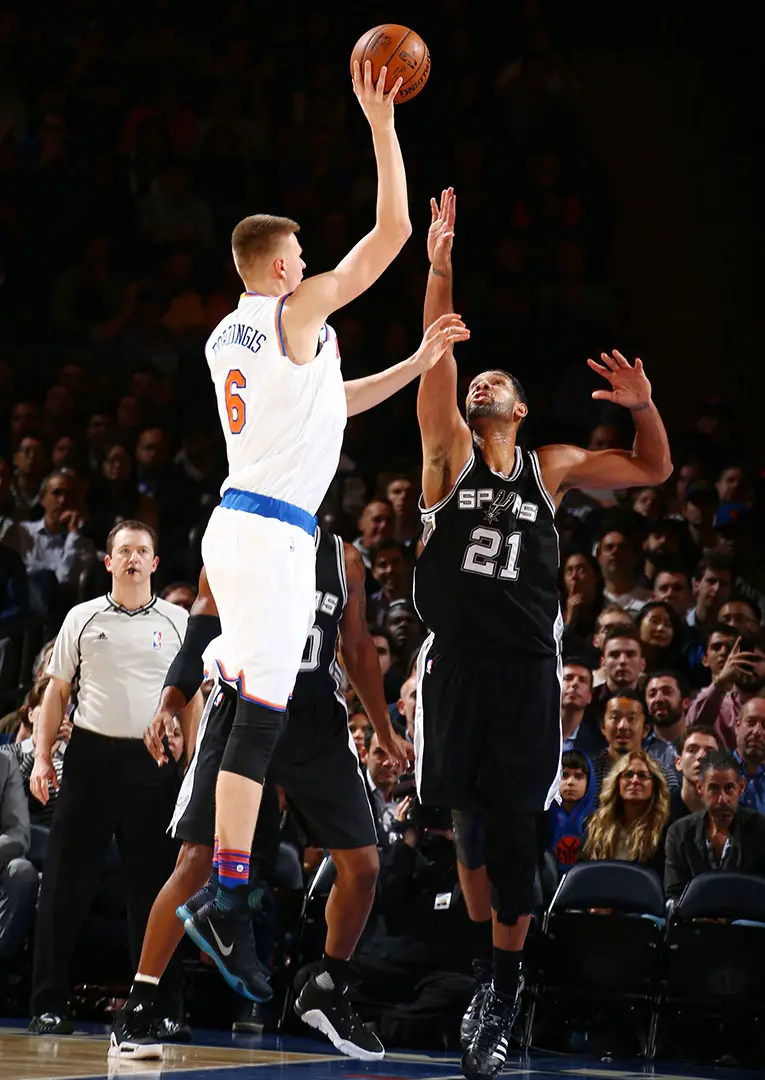
His stat line shows that K.P. can do a little bit of everything, and, most importantly for a young player, he is efficient. The most exciting thing about the lanky young man is the fact he doesn’t take shit from anybody. A common critique of K.P. was his body shape. Most argued his skinny body would be thrown all over the paint. After two years, just try to punk KP, see what happens.
Embiid is the process, the strategy by former 76ers GM Sam Hinkie to intentionally tank the team in order to get high draft picks. “Tanking” is a dirty word in the NBA; it cost Hinkie his job and the fans’ condemnation. But, Joel Embiid is the light at the end of the tunnel Hinkie had predicted.
It’s still a little crazy to me that the 22-year-old has garnered so much discussion, despite the fact that he’s only played in only 31 games. That’s how damn good the dude is. His versatile offensive game could become the archetype for future big man.
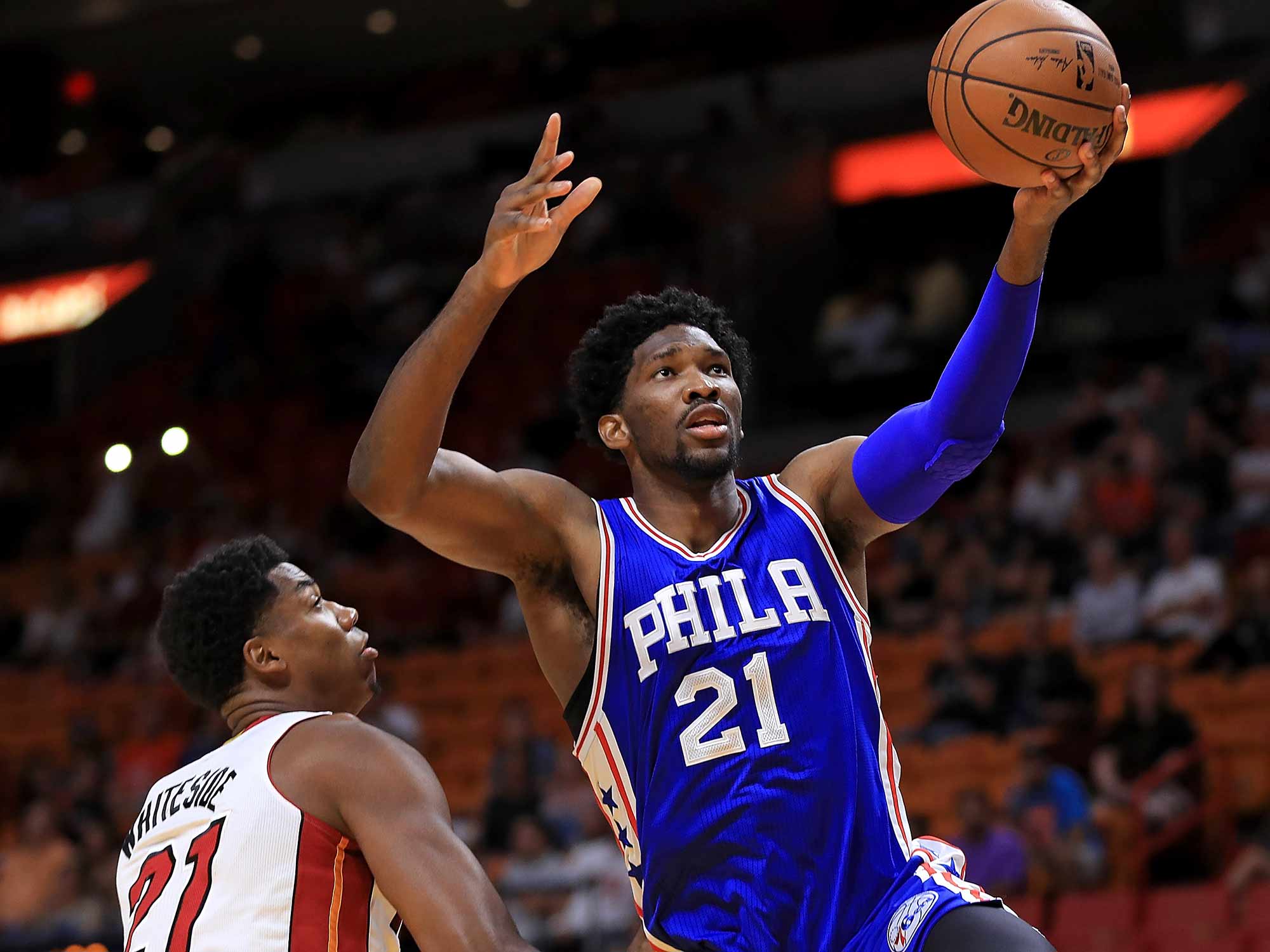
Despite another season ending injury with a torn meniscus, Embiid should still easily win Rookie of the Year. If Embiid stays healthy, he could be the best big man in the game and finally achieve Hinkie’s dream of pulling Philly out of the gutter; if not, he will become another tragic “what if?”
Super Teams
The new unicorns are undoubtedly the future, but in June, they will be watching the Finals from their couches in a struggle that will most likely feature the familiar match-up of the Cavs and the Warriors. Despite recent moves and star performances, the Warriors and Cavs are still at another level than teams in each conference.
Even with Kevin Durant out for the foreseeable future, the Warriors are still the most talented team in the NBA, but the Cavs aren’t far behind. At this point, the regular season and playoffs, despite having intriguing storylines, seem like an afterthought.
Is the absolute dominance of the Warriors and Cavs good or bad for the NBA? The answer lies again in history. Every great dynasty in history has had to first overcome the sitting dynasty. The Celtics had to go through the Sixers, the Bulls had to go through the Lakers, and the Warriors had to go through the Spurs.
In order to break the trend of the same old Warriors-Cavs finals, a team has to beat them to the punch, which leaves the need for another super team to compete with the existing ones. Or, I suppose, they could wait it out, as Lebron, Steph and K.D. can’t play forever, right? But that’s not as fun.


